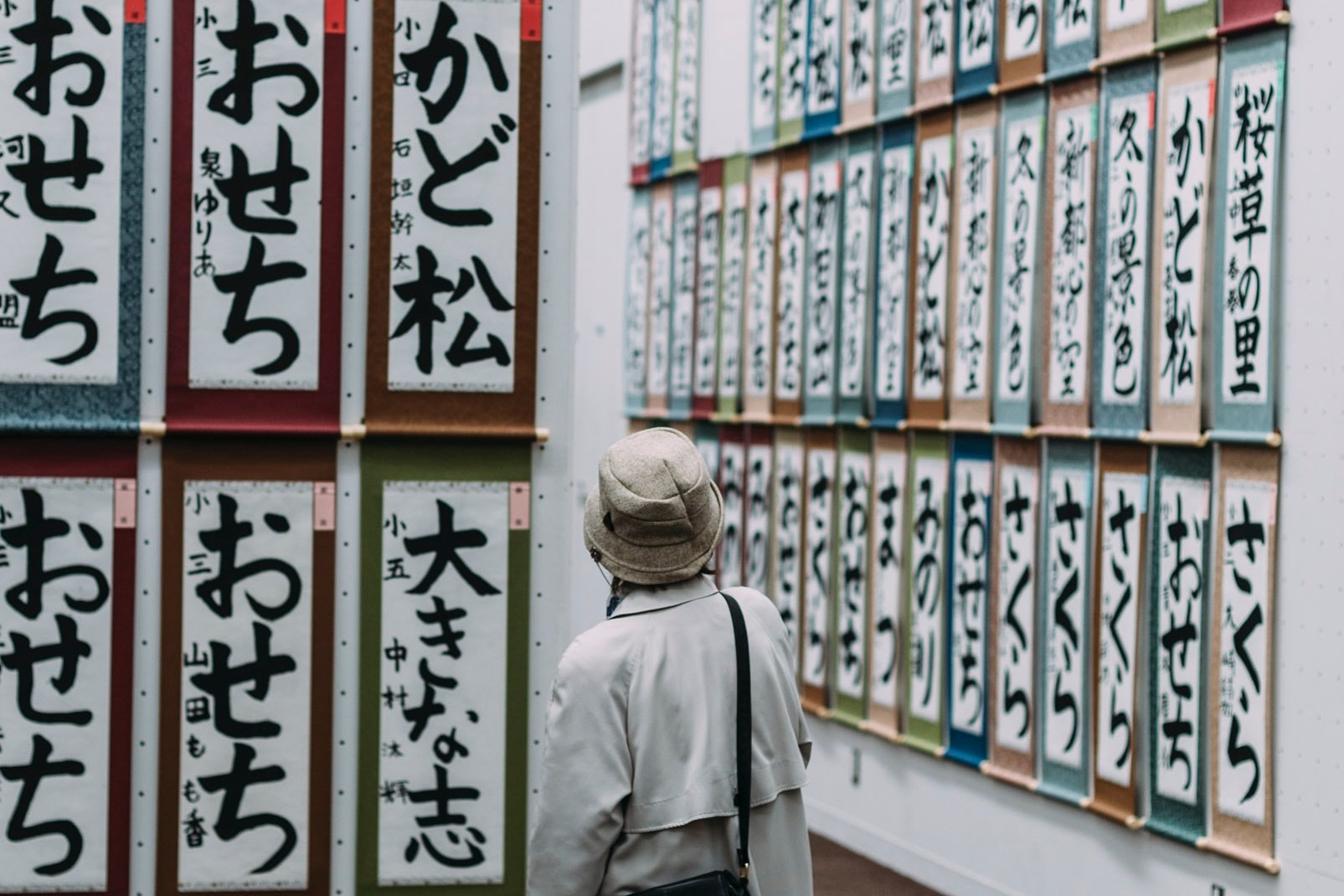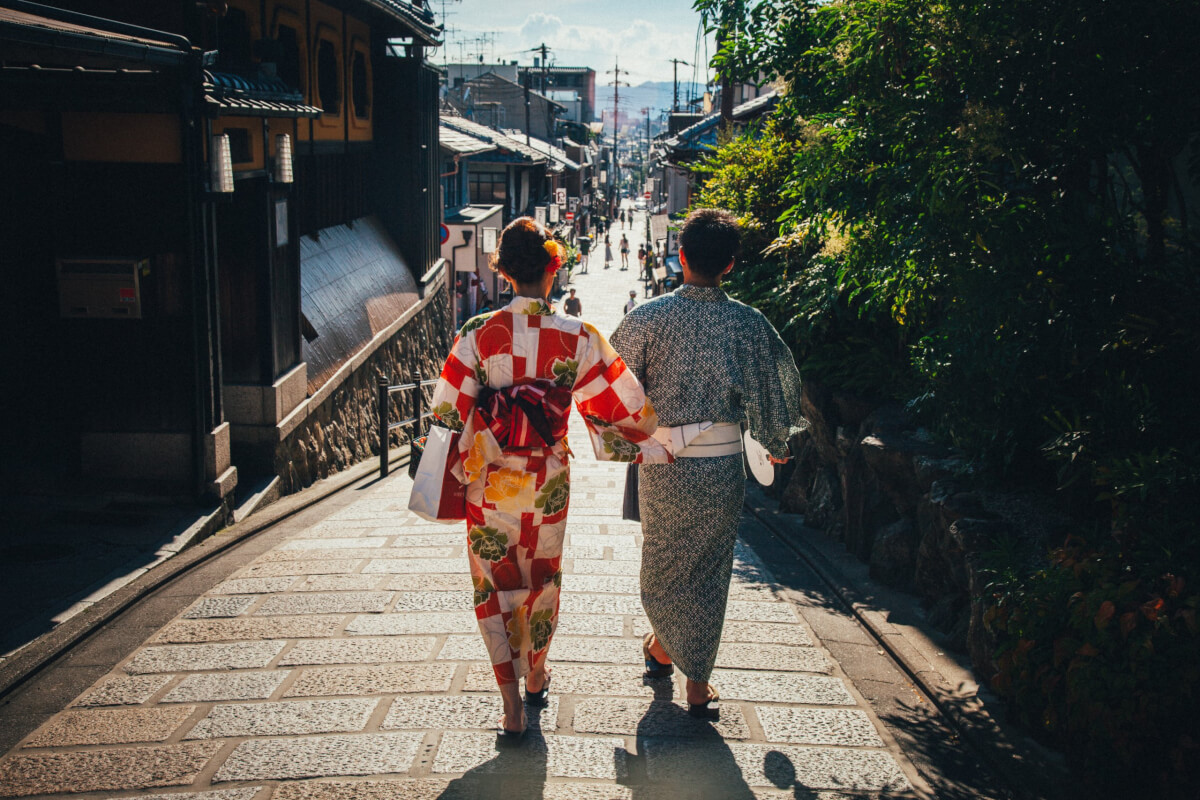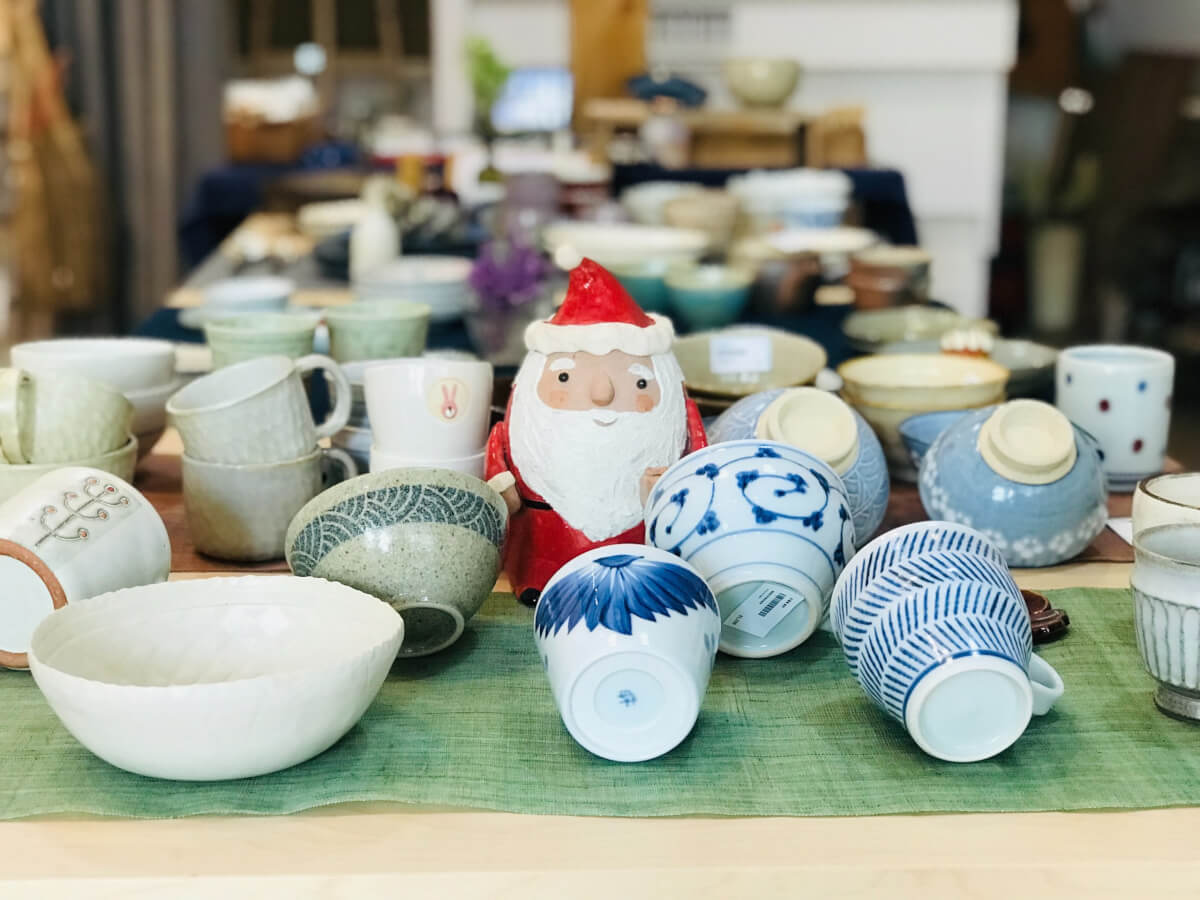Japan is a place where traditional and modern culture mix to create something incomparable and recently many visitors want to discover the wonders of Japan with a local experience. Whether it is sumo, sushi or pottery, there is an exciting experience waiting for you in Japan. What better way to learn more about the rich culture and traditions than by joining a workshop where a hands-on expert will show you and share with you their expertise. In this blog we will give you with some great ideas for a top travel experience to seek out in and around Tokyo. The selection is a list of some organized tours and in-person lessons and many of these workshops also allow visitors to create their own items. A real self-made souvenir to bring home!
- 1. Sushi Making Experience
- 2. Sumo practice
- 3. Daruma doll making workshop
- 4. Tatami making workshop
- 5. Aizome Dyeing workshop
- 6. Japanese drum wadaiko class
- 7. Wind chime making workshop
- 8. Japanese pottery workshop
- 9. “Food Sample” making workshop
- 10. Tea ceremony
- 11. Calligraphy class
- 12. Kimono rental
- Join a Japan Wonder Travel Guided tour
- Other articles you might like
1. Sushi Making Experience
For many tourist, a visit to Japan isn’t complete without eating delicious, fresh sushi and with good reason. Japan, being surrounded by sea, is famous for is delicious sushi, with Tokyo being home to many amazing sushi restaurants. There was even a 3-Michelin star restaurants serving only sushi!
In this tour, a local guide will first show you some important elements of Japanese culinary culture and unique products at Tsukiji Market, before you get to make your own sushi. You will get some insight and learn many facts behind the Japanese sushi culture while walking through the market. Learn about the different types of fish and and how to make a perfect sushi. We challenge you to be a sushi master!
Sushi making class Tokyo
Tsukiji, Tokyo
4 hrs
¥13,000
2. Sumo practice
Japan’s national sport, sumo, should definitely be on your itinerary when visiting Japan. It is one of the oldest and most popular sports with many elements of the Japanese culture and traditions embedded. If you are in luck, and are visiting Japan during a Grand Sumo Tournament, getting tickets for the sumo tournament is definitely recommended. But also outside of the tournaments, you can see the rishiki (sumo wrestlers) in action. Sumo wrestlers train very hard, every day, starting early in the morning. You can visit a Sumo stable and watch the training from up close and enjoy their famous dinner: Chanko Hot Pot. You will see the strongest guys practice their skills in a powerful setting.
Sumo stable tour
Ryogoku, Tokyo
2 hrs
¥10,000
3. Daruma doll making workshop
Daruma dolls, known as good luck charms, are very popular in Japan and commonly believed to make one’s wishes come true. You can often see them at temples and many souvenirs shops sell the iconic, grumpy looking dolls too. The idea is to draw a left eye on the daruma while making a wish / imagining your dream and complete the right eye when your it comes true. Daruma dolls vary in design and size, and some are very cute. Daruma was the actual Indian monk who founded the Chinese Zen sect. It is said that his continuous sitting zazen style, while facing a wall for nine years to achieve enlightenment (satori), caused his arms and legs to fall off. The red color of the dolls was believed to keep away evil spirits and bring good health.

Gunma prefecture, Takasaki city to be precise, is responsible for the largest part of the production of Daruma dolls. Over 80% of all the Daruma dolls distributed in Japan are produced here. The technique of making Daruma dolls has been unchanged for 200 years and at Daimonya, a special Daruma doll atelier, you can learn all about the Daruma. After the explanation you can experience the crafting of a mini daruma doll and bring it home with you. You could also take on the challenge of creating a uniquely colored daruma.
Daruma painting workshop (Reservation required)
Takasaki, Gunma Prefecture (~1 hr from Tokyo)
45 min
¥800 (including your daruma)
4. Tatami making workshop
Tatami is the popular, traditional floor material in Japan, a rather thick mat usually made of igusa or rush plants. Most modern (western style) Japanese houses still have at least one tatami mat room. These natural dehumidifiers keep one cool in summer and warm in winter. Developed in Japan, tatami mats are a unique aspect of its culture. Tatami mats were laid like throw rugs directly on the wooden floor of aristocratic houses during the Heian period, but by the Edo period the mats were carefully fitted to fill the whole room. This resulted in an alteration of lifestyle, as activities and manners were adjusted to the floor sitting style. The size of tatami varies slightly per region, but a standard tatami mat is about 1.8 m by 0.9 m. Still, the size of a room is often measured by the number of tatami mats that it fits. The laying of the mats differed according to a particular occasion, that of a wedding or a funeral event.
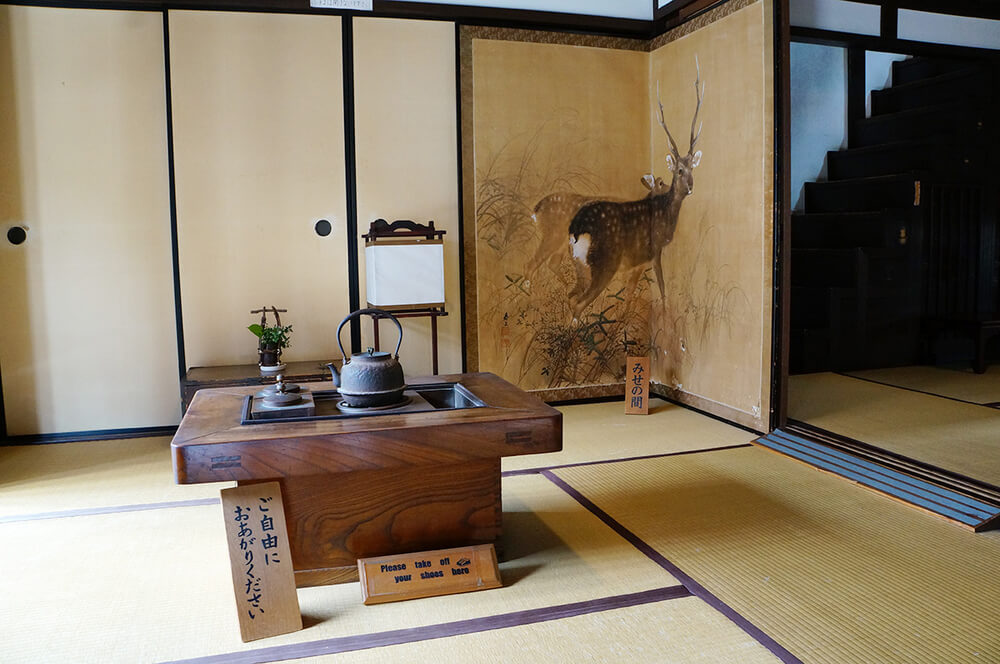
In this workshop, you will get a tour of the Saitama tatami factory where you’ll see some amazing examples and the professional skills required to wave the floor mat. Next, you’ll have the opportunity to make your own tatami mat. A great souvenir to take home, your mat can be used as table setting or a base for your laptop!
Tatami Weaving Class
Hiki, Saitama Prefecture (~2 hrs from Tokyo)
9.30am – 12pm / 1pm – 3.30pm
¥29,000 (including tatami mat & visit to nearby caves)
5. Aizome Dyeing workshop
When Japan opened up after the Meiji revolution, the color of natural indigo dye became very popular among western visitors. The bright, rich color, known as Japan blue, is a result of dyeing from the dried and fermented leaves of the ‘Ai’ (Japanese indigo) plant. While this dye was initially only used for aristocrats and samurais, as time went on, it was integrated into the Japanese lifestyle and aizome was used for kimonos, beddings, towels and other household items. The dye’s use in silk, hemp, and cotton prevented an odor smell which was also a natural repellent to insects and bugs.
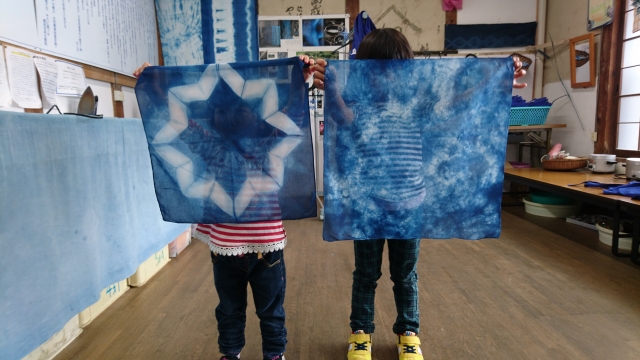
After harvest, the plants are cut and dried and then set in a special storage area to await fermentation. During this process, professional artisans water and mix them, taking care to cover the fermenting plants according to the weather for at least three months. Once the last ferment is complete, the indigo is ready as a pigment for dye fabrics. The color gets brighter and more beautiful over decades.
In this class you can delve into the beautiful deep blue world of Japan Blue!
Aizome dyeing workshop
Taito-ku, Tokyo
45 – 60 min
Different options available, starting at ¥2,000
6. Japanese drum wadaiko class
Wadaiko is a Japanese percussion instrument with a broad range of types. The sounds depend on the material, size, or length. Wadaiko drumming is a familiar sound at Japanese festivals, Bon odori (Japanese summer dance), and traditional theatre performances such as Kabuki. Wadaiko drumming sounds like rumbling thunder and lend themselves to powerful and dramatic stage performances. Today, wadaiko performances are often mixed with other instruments and easily cross over into various genres, such as classic, jazz or rock music. This thriving Japanese instrument finds fans across the world. Sometimes it is also referred to taiko, the difference is that taiko is any percussion instrument whereas Wadaiko specifically refers to the Japanese instrument.
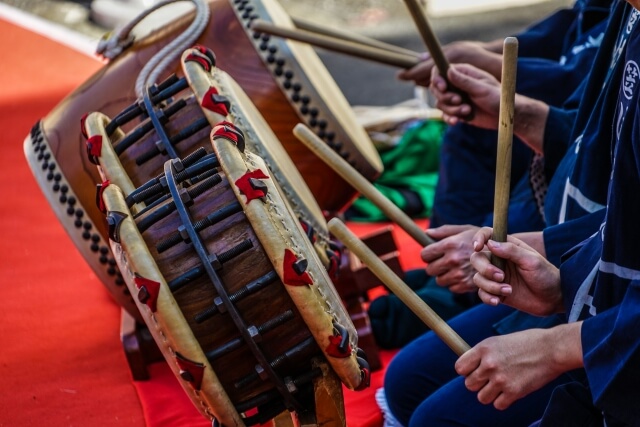
Anyone can try, playing this powerful instrument, even without any musical background. You can feel the power of sounds here in this historical temple. And don’t forget it is a good exercise as well.
Japanese Drum workshop
Chofu-shi, Tokyo
60 min
¥4,000
7. Wind chime making workshop
When you visit Japan in the summer, you will see and hear the Japanese wind chime or furin. Furin is made of glass, often hand-blown, or fashioned from bronze or ceramics. There are many different varieties, some very simple, others quite extraordinary. Fu means wind, and rin meaning bell, and the chimes create their sound by hanging in the wind. By the Edo period, furin became a familiar item of decoration that offered a sense of coolness in the heat of summer. Some types of furin can be found in many of the Ukiyo-e prints.
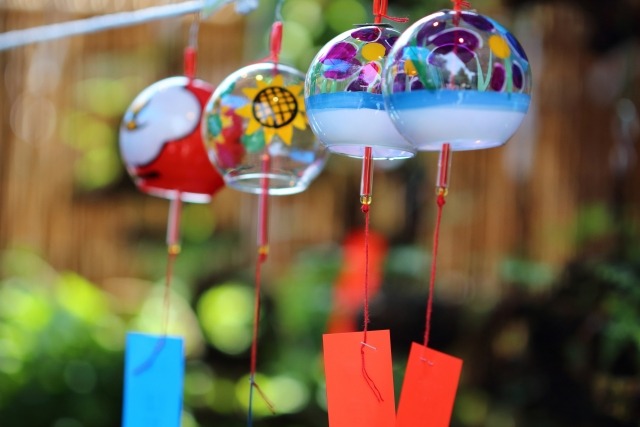
The special Edo style furin was developed in Tokyo using hand-blown glass. The design is painted on the inside of the glass to protect the images from wind and rain. The craftsmen do not use a mold, therefore each edo-furin is always unique in shape and design and makes a difference sound. Make your own furin in the studio to hang in your yard or patio back home.
Furin workshop
Shinagawa, Tokyo
Starting at ¥2,000
8. Japanese pottery workshop
Japanese pottery has a long history that reflects the values of the Japanese people throughout time. It illustrates Japanese technical brilliance, refined aesthetics and a feeling for nature and the concepts of wabi (quiet taste), sabi (elegant simplicity) and shibui (austerity). The Japanese have long admired accidental effects during the firing of pottery, especially ones that resemble natural forms. The art of pottery has over the ages resulted in the development of a myriad of styles, often quite distinctive across the different areas throughout Japan including Bizen, Mino, Shigaraki, and Seto.
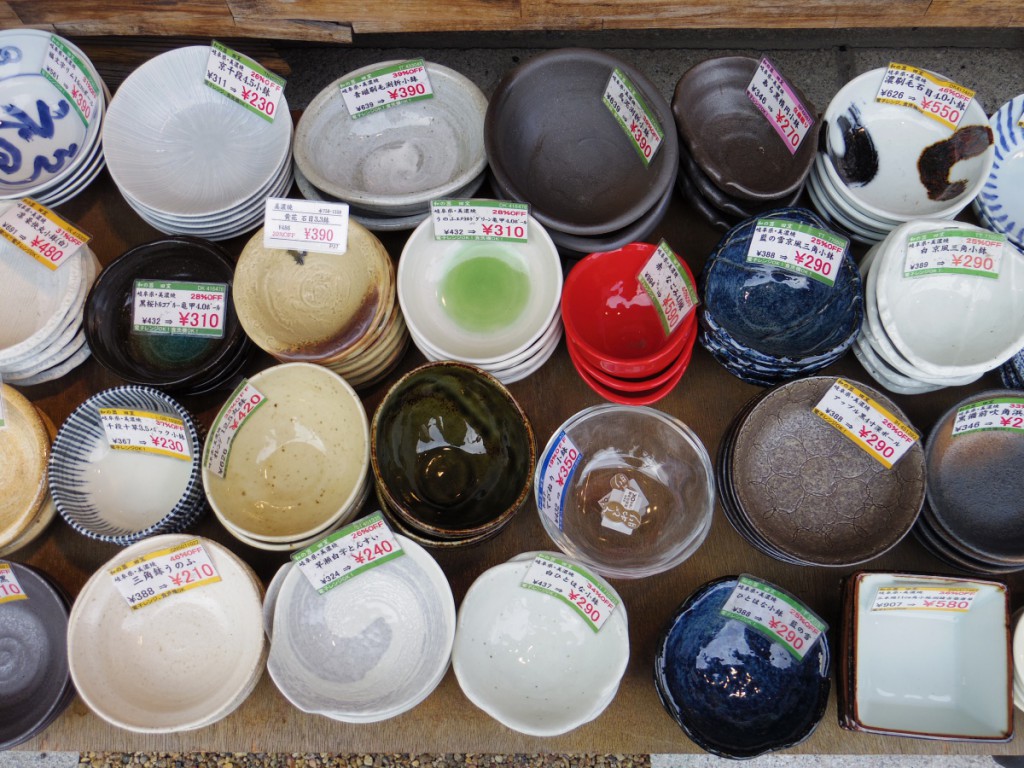
There are many ceramic workshops in Tokyo that welcome foreign visitors. Among those we suggest is Kintsugi which employs a special technique using a tree sap lacquer dusted with powdered gold, silver, or platinum. Once completed, you can see beautiful seams of gold glint in the cracks of ceramic wares, giving a one-of-a-kind appearance.
Pottery workshop
Suginami-ku, Tokyo
¥8.000
9. “Food Sample” making workshop
Do you know “sampuru”? Many restaurants in Japan display their menu using plastic replica’s. The reason for this is because in Japan food is also judged by its looks, so the menu should look as tasty as possible! You will see almost every restaurant has a display in their shop window of each dish. Looking very real and often artistically arranged, you can’t help being tempted to try one out. These plastic models are mostly handmade from polyvinyl chloride and sculpted to look like the actual dishes. The models can be custom-tailored to individual restaurants.

Kappabashi in Asakusa is known for selling cooking utensils, but this neighborhood has also become a popular destination amongst visitors because of its many plastic food model shops. Some replicas are so real, you can easily imagine the taste. With this tour, you will visit the interesting shops with a guide and create your own food sample.
Sample food making workshop
Asakusa, Tokyo
4 hrs
¥5,000
10. Tea ceremony
The tea ceremony is known as chanoyu, or sado, in Japanese. You can enjoy the art and performance of preparing and presenting matcha powdered green tea, as well as trying a cup in a typically traditional tearoom with a tatami mat floor. Besides serving and receiving tea, the guests can enjoy the hospitality of the host. There are dozens of different schools of the tea ceremony, each with small differences, but generally the ceremony includes appreciating a special flower arrangement, or a traditional garden view as well as unique utensils and small snacks.
11. Calligraphy class
Japanese calligraphy, also known as shodo, is a beautiful art form using a soft brush and black ink. The shodo skills are passed from one generation to the next and it requires a lot of training as the emphasis is on the beauty and balance of the writing.
In Tokyo, you have many different options to choose from. Each workshop, you will learn the basics of calligraphy techniques, and its history, before you will get to practice yourself. Depending on the workshop you choose, you can also your own piece of art home.
12. Kimono rental
Back in the days, most Japanese wore a kimono every day. These days, however, you’ll see many people have adopted the western style of dressing. The kimono, though, is still popular for special occasions, especially formal ceremonies, like “coming of age day” and wedding ceremonies. Present day, many Japanese people have lost the art of dressing in kimono, and often need to refresh their memory how to correctly wear a kimono. Putting on a kimono by one’s self can be very difficult. It’s not like throwing on a pair of jeans!
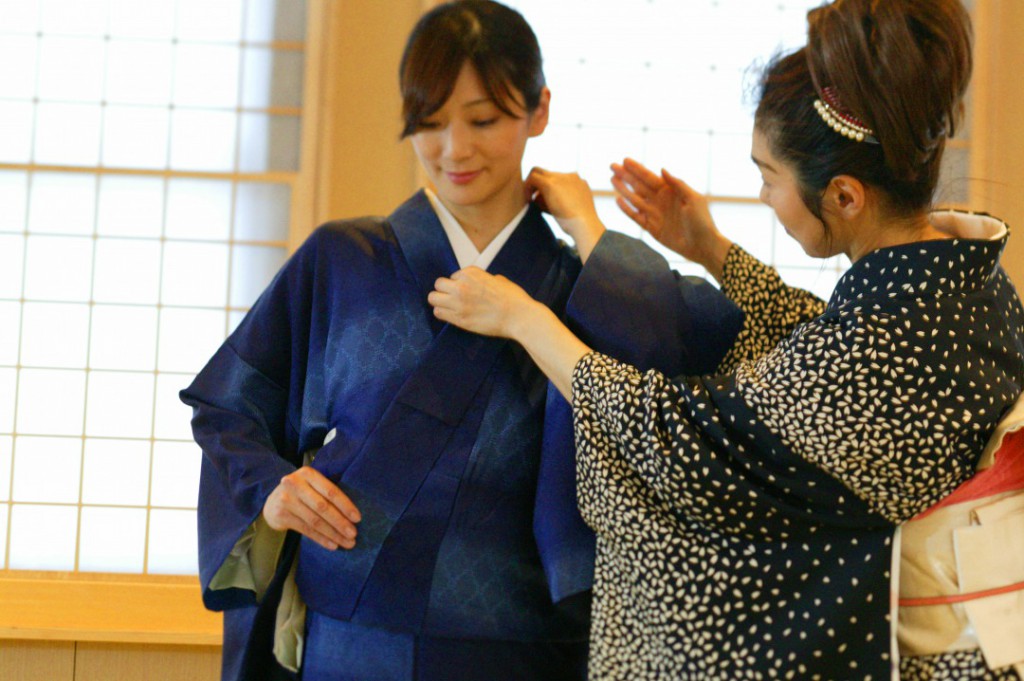
In this place you can rent a kimono and go out for a walk wearing traditional dress in the famous Asakusa area. One of the oldest areas in Japan with numerous popular sightseeing spots like the Sensoji Temple, a stroll through Asakusa in a traditional kimono will bring you back in time.
Kimono Experience in Tokyo
Asakusa, Tokyo
¥5,000
*Return the kimono before 5pm
Join a Japan Wonder Travel Guided tour
Another way to learn more about the Japanese culture, traditions and discovering the most interesting places, is joining a guided tour. We offer a wide range of guided tours throughout Japan, from historical tours in Tokyo to city tours in Kyoto, to sightseeing tours to the disaster area of Fukushima. Japan Wonder travel can show you all the places you want to visit and learn more about. Our local guides, can show you the the best places and tell you everything you want to know.
Also, if you need help with your itinerary or making reservations, we would be more than happy to help. A great way to start planning your trip is by joining our online tours, where we will show you some of the highlights of for example Tokyo, Kyoto or Japan in general!
Have a look at our website for all our (online) tours!
Follow us on Instagram or Facebook for more travel inspiration. Or tag us to get featured!
Happy travelling!
Other articles you might like


This post may contain some affiliate links. When you click through and make a purchase we may receive some commission, at no extra costs to you
